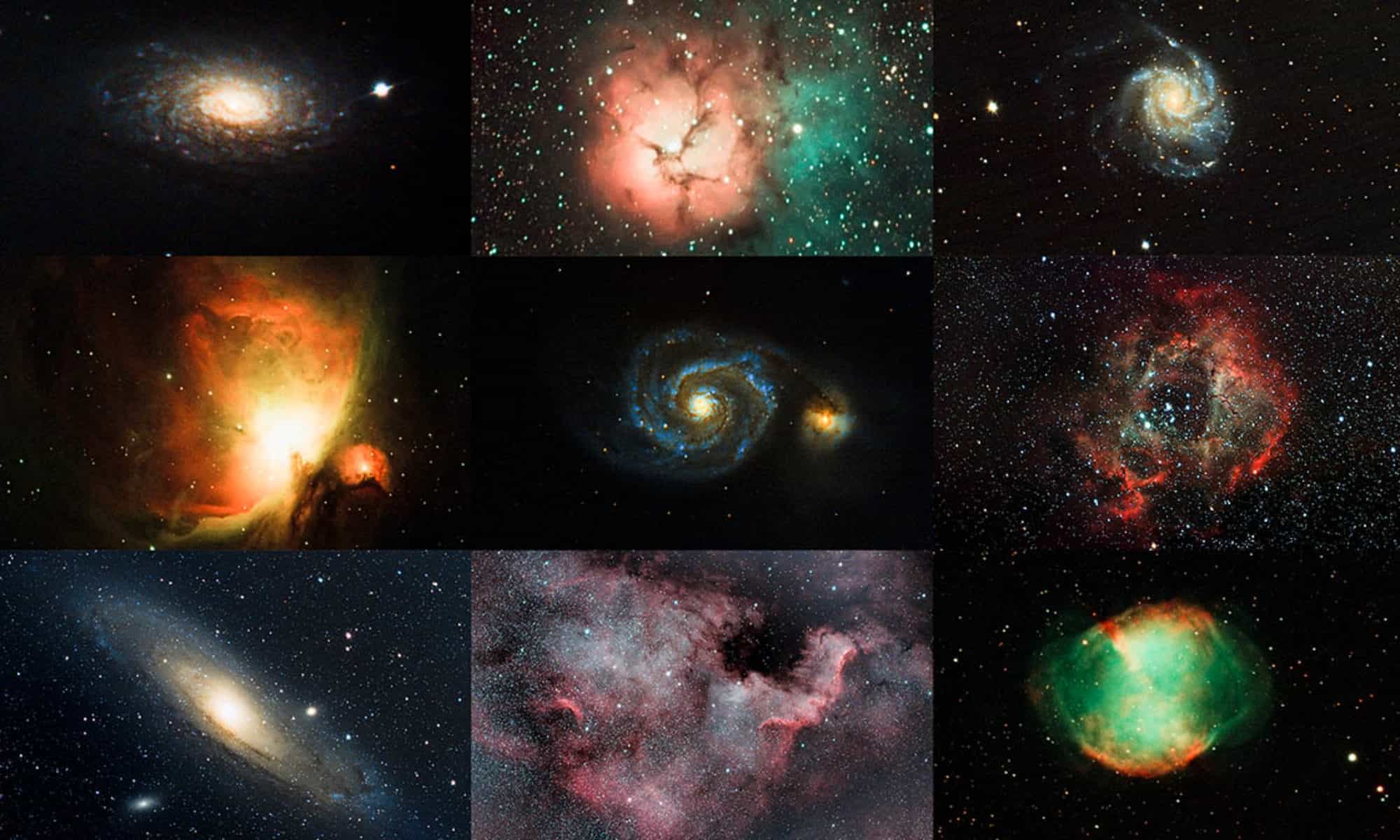The Rosette Nebula is in the constellation Monoceros. The nebula is about 5200 light years from Earth. The nebula, which got its name from a resemblance to a red rose, was discovered by John Flamsteed around 1690. In 2019, the Rosette Nebula was named the State Astronomical Object of the State of Oklahoma. A nebula is an interstellar cloud of dust and gases such as hydrogen and oxygen. Interstellar dust and gases are pulled together to form the cloud we see. As these clouds condense, new stars can be formed. The prominent red color we see in the Rosette Nebula is due to hydrogen gas which has been ionized by the stars in the center of the nebula.

